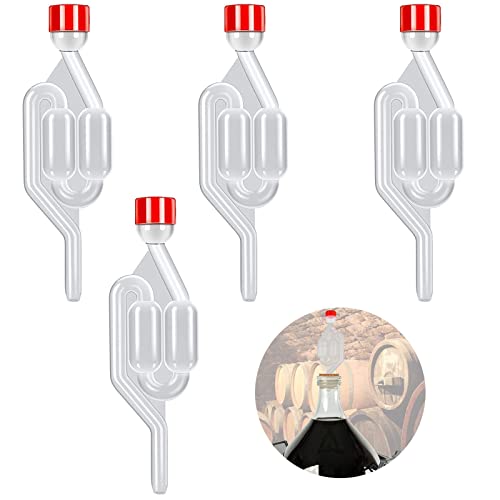I always rest my cooled wort before transferring to the fermenter to let the cold-break settle out, always have.
It doesn’t necessarily produce clearer beer (there are many factors at work here) but I’ve always felt it wrong to put crap in with the good stuff. For the same reason I always skim off the hot break too.
It doesn’t necessarily produce clearer beer (there are many factors at work here) but I’ve always felt it wrong to put crap in with the good stuff. For the same reason I always skim off the hot break too.


































![BREWING THERMOMETER STICKERS ACCURATELY MONITOR FERMENTING BEER & WINE LIQUID TEMPERATURES 5PCS HOME BREW SPIRITS WINE LCD ADHESIVE [US]](https://m.media-amazon.com/images/I/311DDjo2X3L._SL500_.jpg)










